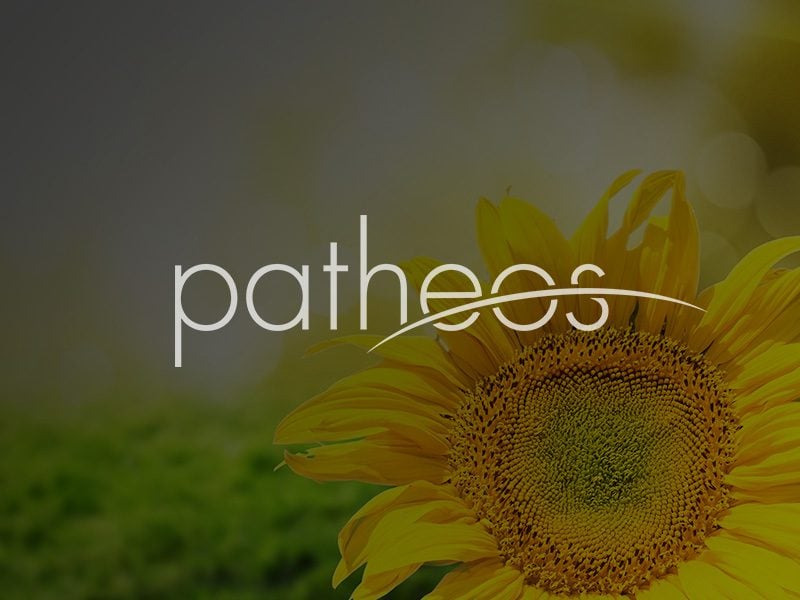The Ohio Valley Philosophy of Education Society puts together a fine peer-reviewed journal each year, featuring the best work from their annual conference. This year’s issue is dedicated to the theme of “immortal conversations,” and it produced some interesting and good work.
Eduardo Duarte’s poetic piece — “Retrieving Immortal Questions, Initiating Immortal Conversations” — is fantastic, especially as it trans-forms into poetry. Bryan Warnick, my co-advisor at Ohio State, wrote a splendid overview, with a précis of each contribution.
His description of my article — “Who Gets to Be a Philosopher? Dewey, Democracy, and Philosophical Identity” — was very generous (perhaps too generous) and serious enough to consider the spirit of my work as a whole. He writes:
Who are we? Possible response: We are philosophers (lovers). Sam Rocha urges us to rethink who we are as educators, and who our students are. He borrows heavily from Dewey, whom he quotes saying, “Any person who is open-minded and sensitive to new perception, and who has concentration and responsibility in connecting them has, in so far, a philosophic disposition.” Philosophy is simply a disposition that is open to experience, even in domains of everyday, ordinary life. To those who say a disposition does not amount to a philosophic identity, Rocha replies that it is potentiality that truly constitutes the philosophic identity. The philosophic identity is by nature an identity involving aspiration and desire, of a consciousness of incompleteness, manifest when we are curious and full of wonder. Philosophy involves striving for an always unattainable and illusive ideal; thus, it is the disposition to philosophy that is most central, rather than the possession of certain traits or attributes. Rocha argues that seeing students as philosophers, in the ancient sense as people disposed to wonder, gives contemporary teachers the humility that is essential to teaching in its richest sense.
If my article can live up to even a portion of Bryan’s rich description, then it may of some value. The paper itself was written some time ago, during graduate school, but some of it’s core elements seem to have endured, for better and for worse.
SR











